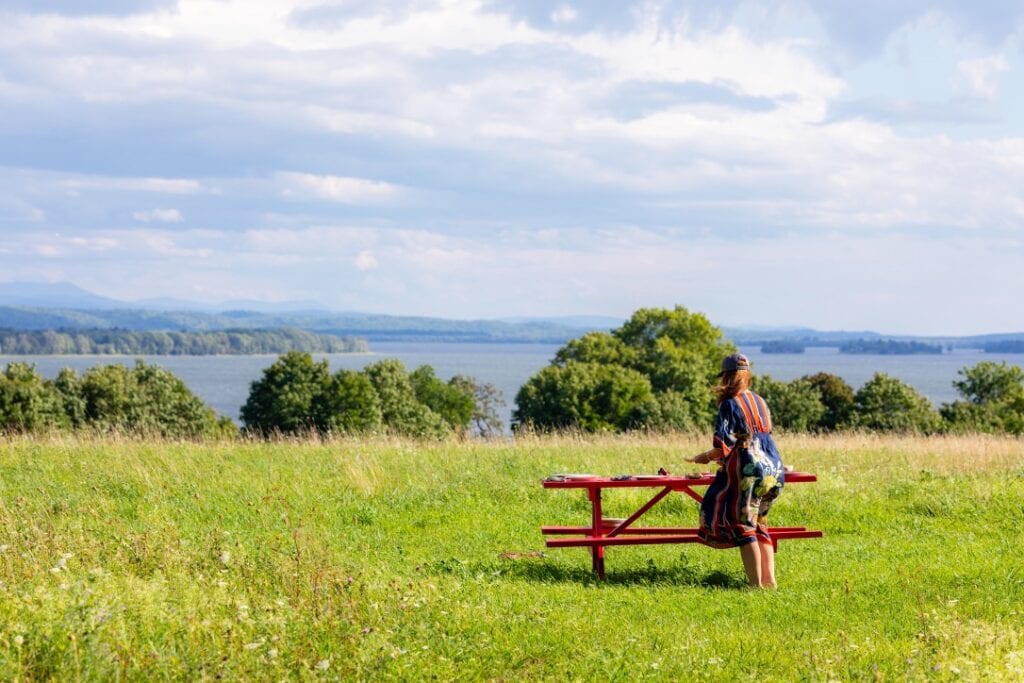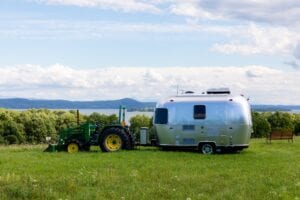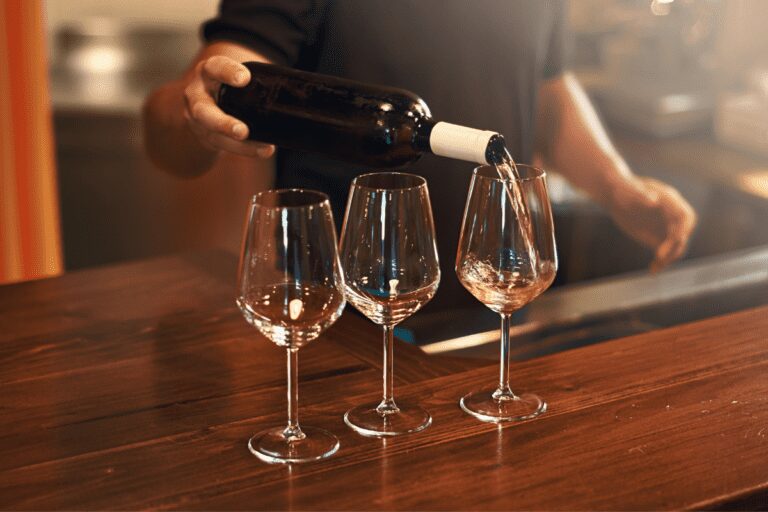Discover Vermont
Wine Country
Our Vermont Wine Travel Guide shares a brief history of the state's wine country, terroir, where to sip, where to stay, and things to do beyond the vines.
Growing grapes in Vermont is hard work. Winter temperatures can plunge well below zero – and that’s in Fahrenheit! Frost can threaten at both ends, during bud-break and at harvest, and pressure from pests and humidity is ever-present. Meaning that winemakers are a dedicated bunch and you will find few growing fragile classic varietals like Pinot Noir. Many winemakers found their passion for viticulture in Vermont, often after searching for a place to call home.
Instead, expect cold-hardy hybrids like La Crescent and Marquette coming out of Vermont wine country. These varieties were carefully planted by dedicated owners who wanted to ensure the survival of their vineyards. The grapes may be unfamiliar, but keep an open mind and you’ll be delighted by new flavors and aromas.
Many Vermont vineyards are family-run, with owners who spend years cultivating their land out of love for winemaking.
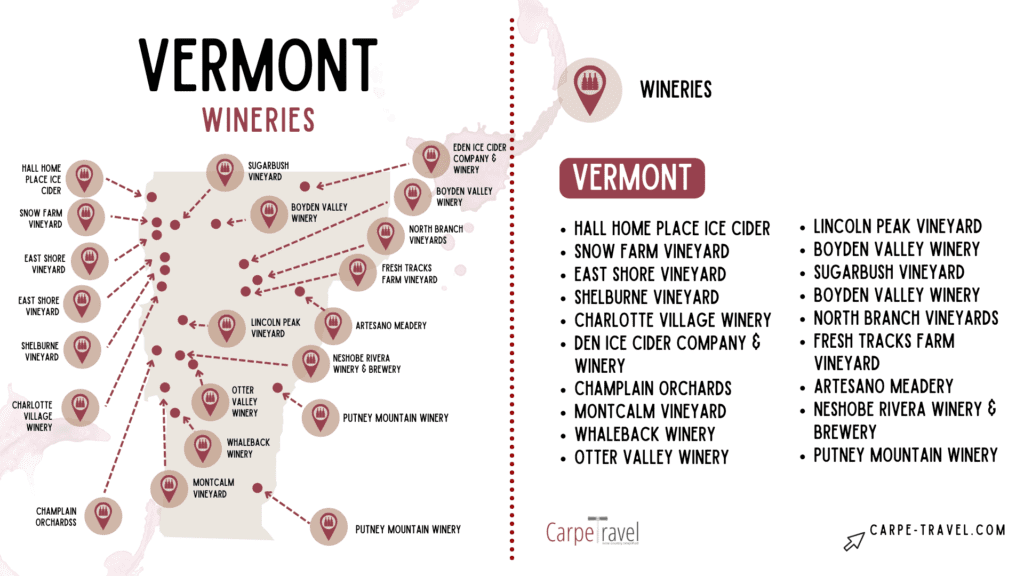
TOP GRAPE VARIETIES IN VERMONT
Major grape varieties in Vermont include Frontenac, a red grape with a cherry-berry aroma and soft palate, often featuring notes of red berries in its flavor profile. Marquette is a more intense and complex red type, with fruit, spice, and a tannic backbone. La Crescent, a new white grape developed by the University of Minnesota, is gaining popularity for its intense apricot flavor, good body, and balanced acidity; its nose is particularly aromatic, inviting you to enjoy its scent before tasting. Each grape variety produces a different type of wine, catering to various preferences.
White Grapes
- La Crescent
- Reisling
- Traminette
RED Wine Grapes
- Frontenac
- Marquette
- St. Croix
The Vermont winery movement is inextricably tied to its farming history. As development started to encroach and commercial pressures forced dairy farmers out of business, landowners turned to grapes as a way to create value and preserve open space.
In his book “Wines of Vermont,” Todd Trzaskos notes that back in 1992, pioneering vintner Harrison Lebowitz launched Snow Farm Vineyard on an island in Lake Champlain with just that mission, planting both classic European varietals and hybrids. These days, the winery still follows the same principles, benefiting from a microclimate to grow some varietals –like Riesling and Pinot Noir—that cannot survive in other parts of the state. For many years, Snow Farm Vineyard has been a testament to the enduring tradition and quality of Vermont winemaking.
Vermont’s agricultural roots run deep, with generations of dairy farmers shaping the landscape. The iconic cows of Vermont are a familiar sight, symbolizing the state’s pastoral heritage and playing a key role in its rural identity.
But the history of winemaking in Vermont can perhaps be traced even further back, to the 1970s when Ken Albert started experimenting with French hybrids on a small plot of land he’d cleared of trees. Prior to that, most fermentation activity in the state centered around apples, and you can still find terrific hard cider throughout Vermont. But Albert wanted to grow grapes – and through trial and error, he created new opportunities for Vermont wine by developing unique hybrids. His Shelburne Vineyard has grown to be one of the biggest wine producers in the state.
As is the case with most successful growers in the region, Shelburne is focused primarily on cold hardy hybrid grapes, cultivated by cross-pollinating classic European varietals with wild river grapes native to the North East, which are naturally more able to resist pests and disease and thrive in the challenging climate. The combination marries the complexity of classic wine grapes with the hardiness of native species.
While Vermont does not currently have any AVAs, Albert is working through the process of getting the state’s first such designation for the area around his vineyards, which lie along Lake Champlain about 30 minutes south of Burlington. Many winemakers now consider Vermont their home, drawing inspiration from the land and the close-knit community.
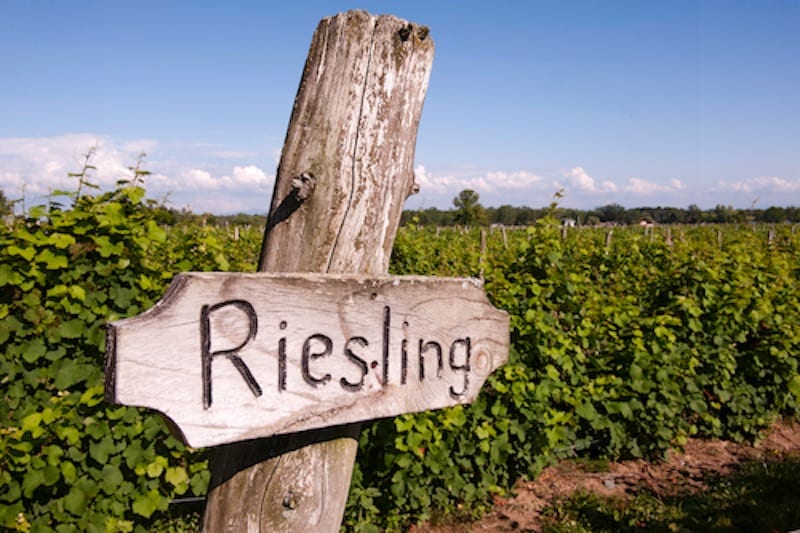
TERROIR
Driving scenic highway Route 100 end-to-end, from near the Massachusetts border to approaching the Canadian border, takes only about five hours, if you don’t stop. But you’ll want to make plenty of stops along the way, to take in the beautiful scenery, not to mention the wineries in Vermont. VT vineyards offer a wide range of wine styles, from crisp whites to robust reds, ensuring there is something for every palate.
Along Route 100, visitors can enjoy wine tastings and events at various tasting rooms, making each stop a unique experience. Many Vermont wineries host events where friends and family can share a glass or pop bottles together, creating memorable moments. Thousands of bottles are produced each year, showcasing the growth and diversity of the Vermont wine industry.
While the temptation might be to compare Vermont grapes to the noble varieties – Sauvignon Blanc,Chardonnay, Riesling, Pinot Noir, Merlot, Cabernet Sauvignon – everyone is familiar with, Ethan Joseph, head winemaker at Shelburne Vineyard, advises against that.
“I don't draw any comparisons because I don't want to push someone in a particular direction before they taste the wines,” Joseph says. “So I will talk in more general terms about the components of the wine, in terms of flavor and aromas that people can relate to across the spectrum-- whether it's fruity, or floral, if it has berry notes, etc.”
Ethan Joseph, head winemaker at Shelburne Vineyard
The Vermont wine industry is known for its innovative blends and commitment to representing the local terroir. Wine producers in Vermont very much embrace the idea of terroir and individualism in wine, Joseph says. “Everybody really loves that idea of place,” he explains. “We’re making wines that, on a large scale, the world has never seen before. So people can come here and say, ‘Wow, this is amazing– I’ve never tasted anything like that.’” Some wineries spend months perfecting their wines, using careful blending techniques to bring out the best flavors and ensure authenticity. Vermont is also home to rare ice wines, which start with grapes frozen on the vine and are perfect for dessert or sipping on special occasions. The enjoyment of Vermont wine is enhanced by the refreshing qualities of certain styles, making them perfect for summer afternoons. Visit a VT tasting room to drink and enjoy the unique offerings, and bring friends along to share the experience.
For the most part, you won’t find big Vermont wine tasting operations– the person who greets you at the cellar door might also be the winemaker or the farmer or the owner – and quite possibly all three. It’s a classically Vermont mentality, where farm-to-table is not an innovation, but rather a way of life.
WHERE TO SIP
Many Vermont wineries offer a welcoming tasting room experience, with less than 20 (17 to be exact) wineries in the state featuring dedicated spaces for sampling. But, that doesn’t mean there isn’t a lot to sip in. We encourage you to visit these tasting rooms to sample the diverse wines on offer. To help narrow down your sipping choices, we have identified some of the top Vermont wineries to pour into.
Ellison Estate Vineyard
La Garagista Farm + Winery
Shelburne Vineyard
Planning Your Vermont Wine Country Vacation
VERMONT WINE TASTING ITINERARIES
WHERE TO STAY IN VERMONT
WHERE TO EAT IN VERMONT WINE COUNTRY
Honey Road Restaurant
Scout & Co
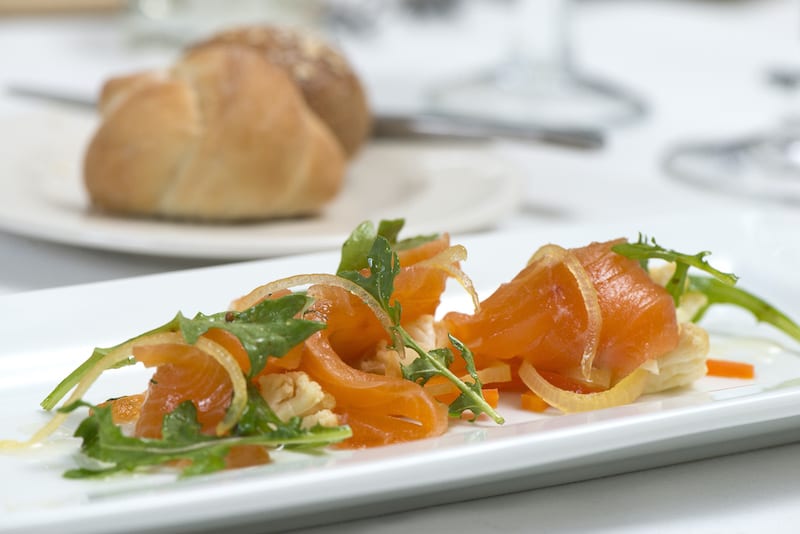
Sip in More Vermont Wine Country

Jeanne O'Brien Coffey
New England native Jeanne O’Brien Coffey delights in sharing the hidden gems in her corner of the world. She blogs about food, drinks and travel for ForbesLife and her work has also appeared in Naturally, Danny Seo and Boston magazine. Follow her adventures on Instagram and Twitter @savvysipper.

